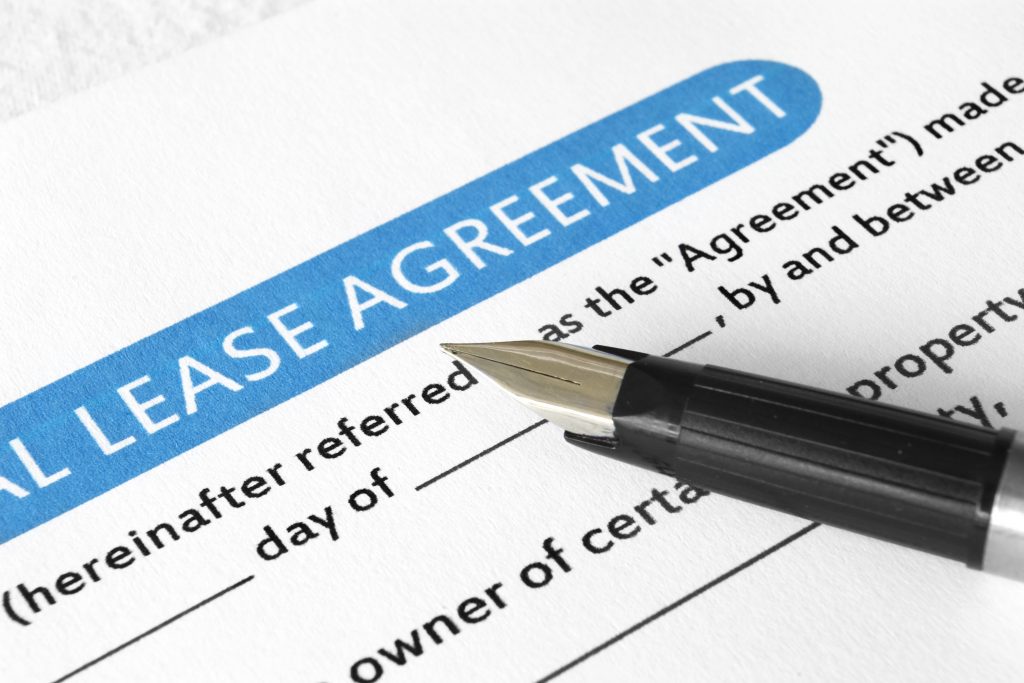Accountants are facing one of the most significant and far-reaching changes to accounting standards since the introduction of IFRS in Australia in 2005.
The Australian Accounting Standards Board has issued the new leases standard AASB 16 Leases. The standard will be effective for annual periods beginning on or after 1 January 2019.
The key change will be the recognition of leases on the balance sheet of a lessee.
A lease liability will be initially measured at the present value of the lease payments to be made over the lease term. A corresponding right-of-use asset will also be recognised to record the lessee’s right to use the leased item over the lease term. The lease asset is initially measured at the amount of the lease liability plus the lessee’s initial direct costs (e.g., commissions) and an estimate of any restoration, removal and dismantling costs.
The debate over changes to lease accounting has raged for over 10 years. Some commentators lament that accounting standards are driving commercial business decisions. They point to the accounting requirements relating to shares or options issued to employees for services, or entering into derivatives to mitigate exchange rate or interest rate risks, as examples of the accounting ‘tail’ wagging the commercial ‘dog’. The new leases standard could be seen as another example where the economic benefits of leasing could be outweighed by concerns over the potential accounting outcome.
However, it should be remembered that leasing provides a long list of valuable commercial benefits: the ability of a lessee to only pay for and use a portion of an asset’s economic life; more predictable cash outflows relating to the use of the asset; use of assets without the risks of legal ownership; an alternative source of financing; a low-cost way to substitute or renew assets as technology changes; access to complementary services by lessors such as maintenance; and simplified asset disposals. These operational benefits have little to do with accounting and will continue to exist. Commercially beneficial outcomes should trump any perceived accounting consequence.
That said, entities should be alert to potential effects on key financial metrics and whether they may result in adverse consequences on borrowing covenants or regulatory requirements.
For simple fixed-term leases, the determination of the lease liability and corresponding lease asset is likely to be a fairly straightforward exercise. For example, it will be relatively easy to calculate the accounting effect of, say, a five-year fixed-term lease with fixed rental payments over that term.
However, leases may contain either early termination or extension options which can affect the lease term. Lease payments may be variable by reference to either usage of the leased item; an index such as CPI inflators; or, in the case of retail property, a percentage of the lessee’s turnover.
Other leases may contain purchase options or residual value guarantees. In these circumstances, further analysis, including significant judgments may be required to determine the lease term and the total lease payments under that contract.
The changes introduced by AASB 16 are likely to have a significant transitional impact for many organisations. For example, entities currently preparing special purpose financial statements may not have been overly concerned with the current leasing standard on the basis that it did not include disclosures relating to future operating lease commitments.
Those non-reporting entities that do not currently disclose operating lease commitments in the notes to the accounts will now have to focus on capturing and measuring lease information for recognition in the balance sheet and income statement. Decisions regarding the inclusion or otherwise of short-term leases and leases of low value assets coupled with the estimates and assumptions that need to be made regarding the lease term; renewal options; expected future lease payments; and appropriate discount rate, and there’s clearly much more work to do than presently.
The standard does contain the option to apply the new requirements fully retrospective or on a modified retrospective basis. Regardless of the option chosen, entities will need to:
- identify all their leases, including their key terms and conditions;
- identify and separate any service components within lease arrangements;
- whether any changes are needed to internal processes and systems to collect the necessary information;
- assess any low-value leases, short-term leases and portfolio groupings;
- consider estimates and judgments to determine the lease term and the total lease payments; and
- consider potential consequences arising from changes to the balance sheet and income statement on such things as key ratios, banking covenants, remuneration and earn-out arrangements, etc.
Very few entities will not be affected in some form by the introduction of AASB 16.
How can Nexia Edwards Marshall NT help you?
Nexia Edwards Marshall NT can assist you to analyse the effects of the new standard on your organisation and help with its implementation. To find out more, please contact Noel Clifford or your Nexia Edwards Marshall NT Advisor.



